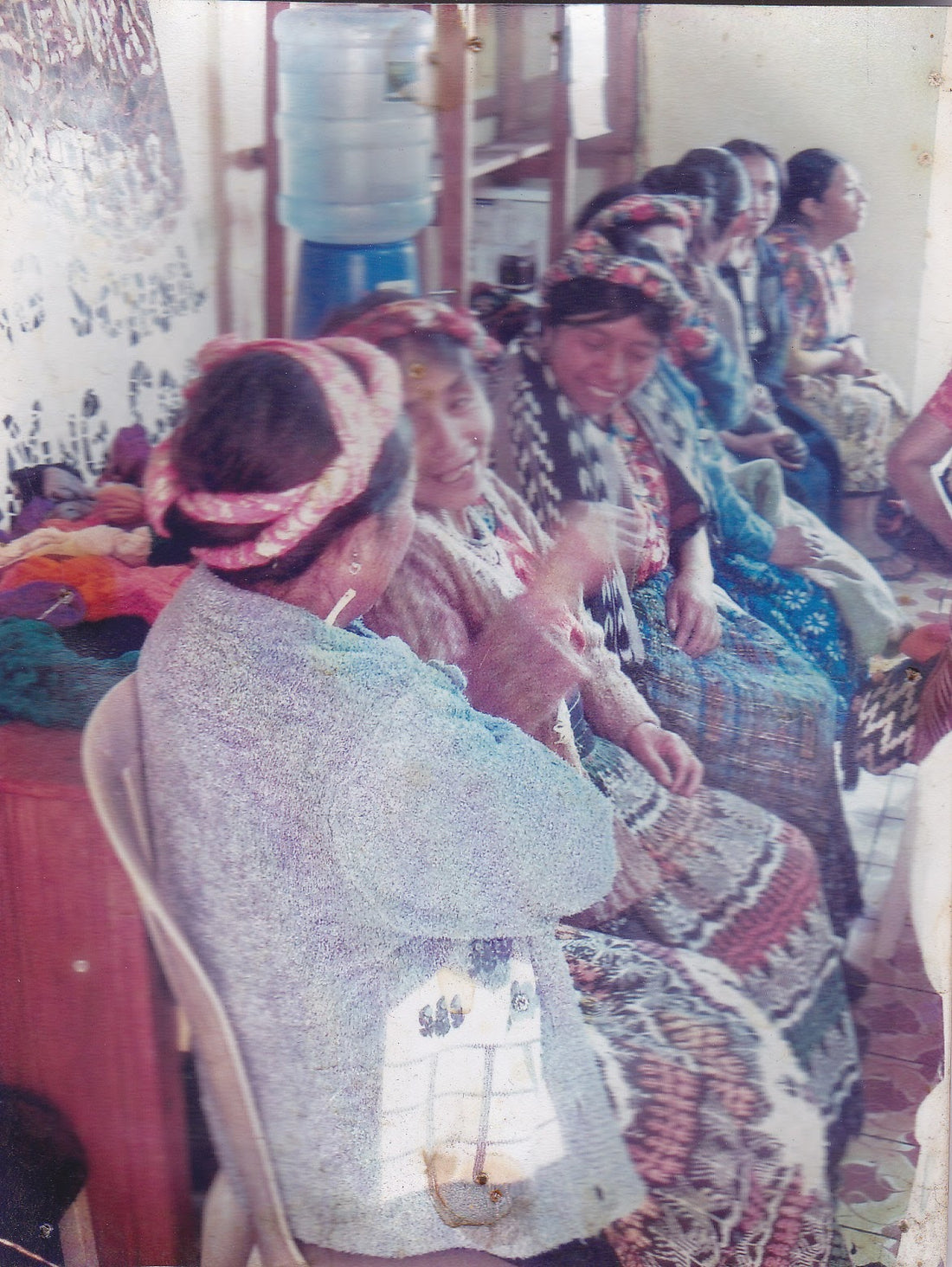
The Uniqueness of Español Guatemalteco
Share
Along with its diverse culture Guatemala has a rich linguistic heritage that is devised of various dialects and languages in the country. Twenty-five languages are spoken within Guatemala but twenty-two of those are not Indo-European (relating to the family of languages spoken over the greater part of Europe and Asia) but instead are Indigenous languages. Despite the vast amounts of languages and dialects, Spanish is the only official language of Guatemala. However, Spanish in Guatemala or Español Guatemalteco is unique in its own right, merging and evolving with the various languages and dialects that reside in the country. As a result, Spanish in Guatemala is viewed as its own unique dialect that separates itself from its Latin American neighbors and its origins in Spain.
History:
Spanish would come into contact with Mayan languages in 1524 with the arrival of conquistadors, in what is present day Guatemala. The conquistadors that would arrive in Guatemala were those from Extremadura and Andalusia, regions of southern Spain, so the particulars of their own southern dialect would be brought to Guatemala. While initially some interest was made in learning the various Indigenous languages for communication, colonial powers would subsequently push for the reduction of Mayan languages in favor of Spanish. The native community, however, would begin to mold the new language in a different manner from its predecessors, often adopting Indigenious terms and phonetics of their native tongues. This was increasingly possible due to Spanish lack of intervention due to perceived impassable terrain and lack of natural harbors in comparison to other territories, such as present day Mexico, where the Spanish were more present. Therefore, Guatemalan Spanish would evolve in “linguistic isolation” to some degree.
Differences in Español Guatemalteco:
Spanish in Guatemala is often characterized for its slower and clearer nature compared to other dialects in Latin America. K’iche’, Q’eqchi, Kaqchikel, and Mam are the predominant Mayan languages, but other Mayan languages, and the two non-Mayan languages of Garifuna and Xinca, are often attributed to this difference of rhythm. This is because they are distinguished by their clear, slow, rhythmic delivery. Additionally, for many in Guatemala, Spanish is not their first language so it is often learned carefully, methodically, and precisely.
There are also various grammatical differences. Guatemalan Spanish uses vos alongside tú and usted as second-person singular pronouns. Indefinite articles are also commonly placed before a possessive pronoun for example such as, una mi tacita de té (a my cup of tea). This construction of a sentence was sporadic in Old Spanish but is also found in various Mayan languages. Other differences would be the weakening of the final “s” such las casas (the houses) would be pronounced lah casa’, and the syllable hue sounding stronger, so words such as hueso (bone) or huevo (egg) sound more like güeso or güevo.
Cabal!:
Guatemala is known for their unique chapinismos (slang) and various words that have been implemented from Indigenous languages. These words are unique to Guatemalan Spanish and offer speakers various ways to express themselves using their Indigenous language and Spanish simultaneously. A few words are:
- cabal – right on (more of expression used for emphasis)
- chapín/chapina – Guatemalan
- chucho - dog
- clavo - a problem
- mosh - oat porridge (more formally used is "avena")
- poporopos - popcorn
- pisto - money
The various differences of Spanish spoken in Guatemala is unique to the people of the country. It is an aspect of a rich culture that has changed and evolved over time. It is but one of the distinctive things that makes Guatemala unique and we at Trama find important to share.
Written by: Gabrielle Mancha Fajardo
Baird, Brandon O. "”Para mí, es indígena con traje típico:” Apocope as an indexical marker of indigeneity in Guatemalan Spanish." Topics in Spanish Linguistic Perceptions. Routledge, 2021. 223-239.
Hernando, Marta. “Dialectos De Guatemala.” Unprofesor.com, 2 Mar. 2020.
Maxwell, Christine S. “Guatemalan Languages: A Tapestry of Legacy.” PGLS, 7 Sept. 2021, https://pglsinc.com/guatemalan-languages-a-tapestry-of-legacy/.
Richards, O. (2022, June 13). Guatemalan Spanish: A Spanish Learner’s Guide To The Culture, Accent And Slang Of Guatemala. Story Learning. Retrieved August 18, 2022, from https://storylearning.com/learn/spanish/spanish-tips/guatemalan-spanish
Yanes, Kenneth. Guatemalan Spanish as Act of Identity: An Analysis of Language and Minor Literature within Modern Maya Literary Production, City University of New York, Ann Arbor, 2014. ProQuest.

2 comments
It is my first visit to your blog, and I am very impressed with the articles that you serve. Give adequate knowledge for me. Thank you for sharing useful material. I will be back for the greater post.
https://www.outlookindia.com/outlook-spotlight/prostadine-reviews-read-my-30days-experience-report—news-251350/
Its a good pleasure reading your post. Its full of information I’m trying to find and I enjoy to create a comment that “The information of one’s post is awesome” Great work.
https://jrhonest.com/restria-reviews/